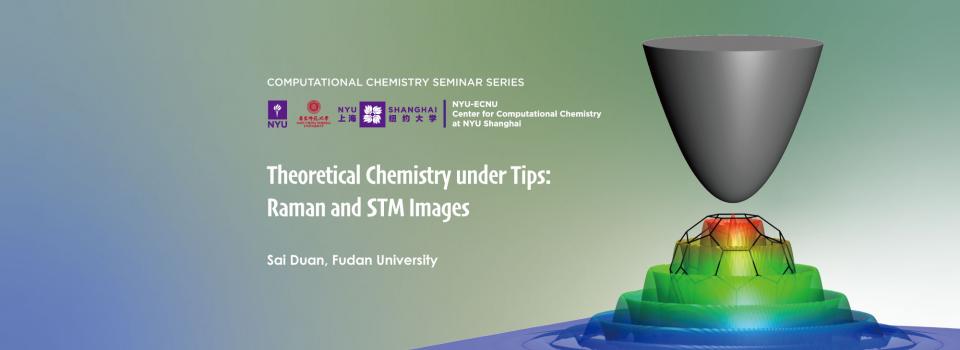
Abstract:
Take the advantage of piezoelectric controlled scanners, the amazingly spatial resolution of probing tips has been achieved, which provides a perfect investigating framework for single molecule. In this context, the optical and electric perturbations accompanied the tips are facilitating external stimulisource for molecular probing, resulting in the high-resolution Raman and scanning tunneling microscope (STM) images, respectively. This talk will focus on the recent development of the entirely new theoretical framework for Raman images as well as the simulations of the high-resolution STM images at the first-principles level. The new theory of Raman images not only quantitatively reproduced the state-of-the-art experimental observations but also proposed a practical protocol for visualization of molecular vibrations in real space. The breakdown of conventional spectral selection rules by the optical fields under the tips will be also discussed. For STM images, the in-situ configurations for an azo-based molecular switcher and water hexamer were identified by our simulations, which revisits the surface chemistry of these important systems.
Biography:
Dr. Sai Duan is currently a Young Researcher of the department of chemistry at Fudan University. He obtained his BSc at Xiamen University in 2004. He received his Ph.D. in chemistry at Xiamen University in 2011 and then in theoretical chemistry and biology at Royal Institute of Technology in 2012. He continued his research at Royal Institute of Technology as a postdoctoral fellow and then promoted as a Researcher during 2016-2018. His research interests focus on theoretical methods and simulations on interfacial properties. He has received the Chinese Chemical Society Tang Ao-Chin Youth Award in Theoretical Chemistry.
Seminar Series by the NYU-ECNU Center for Computational Chemistry at NYU Shanghai


